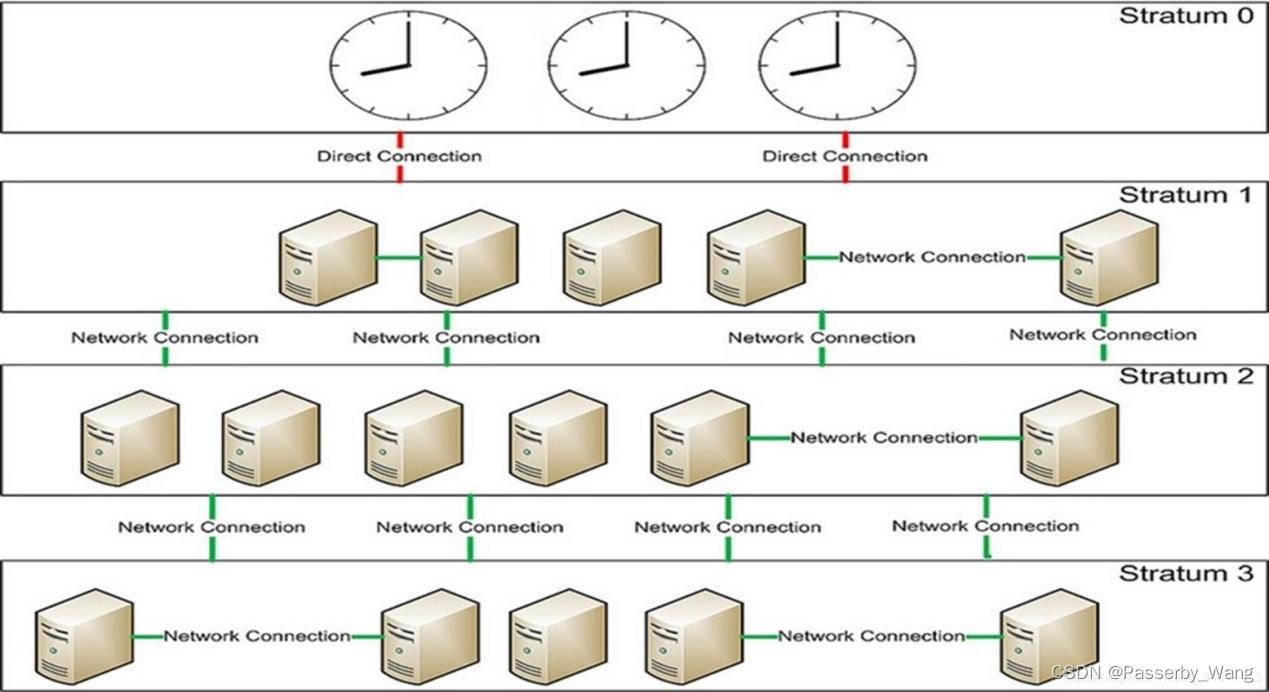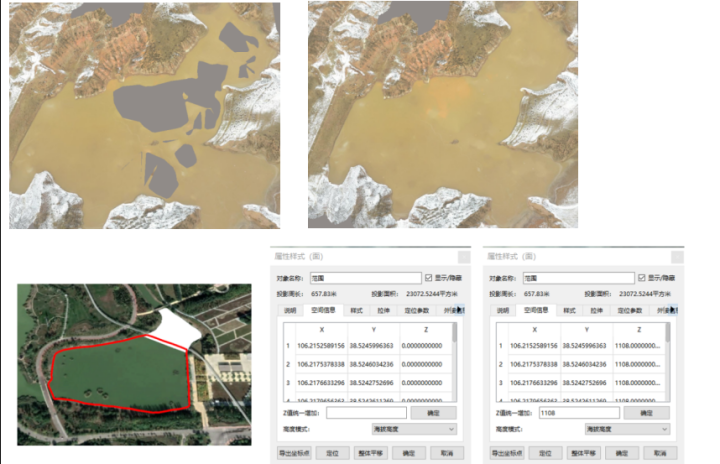说明
【数据结构与算法之美】专栏学习笔记
什么是队列?
队列是一种操作受限的线性表数据结构,特点是先进先出,最基本的操作有:入队 enqueue(),放一个数据到队列尾部;出队 dequeue(),从队列头部取一个元素。

顺序队列和链式队列
- 用数组实现的队列叫作顺序队列
- 用链表实现的队列叫作链式队列
基于数组的队列实现方法
队列需要两个指针:
- 一个是 head 指针,指向队头;
- 一个是 tail 指针,指向队尾。
用 Java 语言实现:
// 用数组实现的队列
public class ArrayQueue {
// 数组:items,数组大小:n
private String[] items;
private int n = 0;
// head表示队头下标,tail表示队尾下标
private int head = 0;
private int tail = 0;
// 申请一个大小为capacity的数组
public ArrayQueue(int capacity) {
items = new String[capacity];
n = capacity;
}
// 入队操作,将item放入队尾
public boolean enqueue(String item) {
// tail == n表示队列末尾没有空间了
if (tail == n) {
// tail ==n && head==0,表示整个队列都占满了
if (head == 0) return false;
// 数据搬移
for (int i = head; i < tail; ++i) {
items[i-head] = items[i];
}
// 搬移完之后重新更新head和tail
tail -= head;
head = 0;
}
items[tail] = item;
++tail;
return true;
}
// 出队
public String dequeue() {
// 如果head == tail 表示队列为空
if (head == tail) return null;
// 为了让其他语言的同学看的更加明确,把--操作放到单独一行来写了
String ret = items[head];
++head;
return ret;
}
}
当 tail 移动到最右边,即使数组中还有空闲空间,也无法继续往队列中添加数据,针对这种情况,只需要在入队时,再集中触发一次数据的搬移操作。示意图如下:
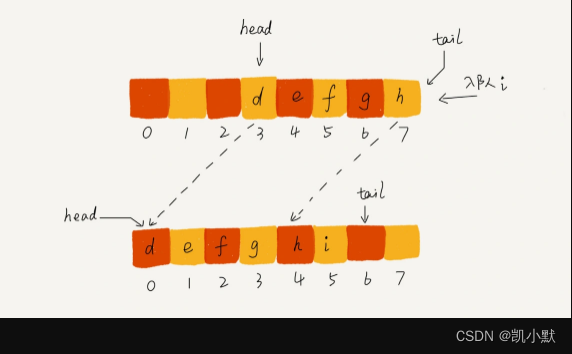
基于链表的队列实现方法
- 入队时:
tail->next= new_node;tail = tail->next - 出队时:
head = head->next
入队出队示意图:
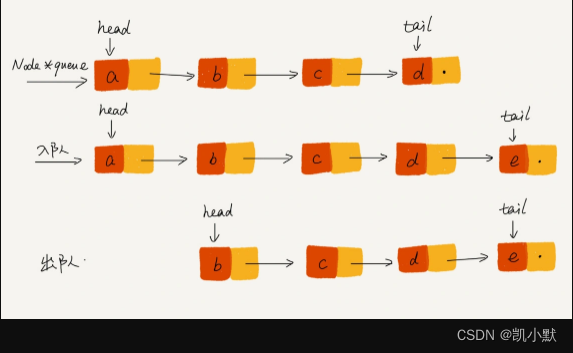
/**
* 基于链表实现的队列。
*
* Author: nameczz
*/
class Node {
constructor(element) {
this.element = element
this.next = null
}
}
export class QueueBasedOnLinkedList {
constructor() {
this.head = null
this.tail = null
}
enqueue(value) {
if (this.head === null) {
this.head = new Node(value)
this.tail = this.head
} else {
this.tail.next = new Node(value)
this.tail = this.tail.next
}
}
dequeue() {
if (this.head !== null) {
const value = this.head.element
this.head = this.head.next
return value
} else {
return -1
}
}
}
<!DOCTYPE html>
<html lang="en">
<head>
<meta charset="UTF-8" />
<meta http-equiv="X-UA-Compatible" content="IE=edge" />
<meta name="viewport" content="width=device-width, initial-scale=1.0" />
<title>07.基于链表实现的队列</title>
</head>
<body>
<script type="module">
import { QueueBasedOnLinkedList } from './js/07/QueueBasedOnLinkedList.js';
const newQueue = new QueueBasedOnLinkedList();
// 元素入队
newQueue.enqueue(1);
newQueue.enqueue(2);
newQueue.enqueue(3);
console.log('入队--->', newQueue);
// 获取元素
let res = 0;
console.log("-------获取dequeue元素------");
while (res !== -1) {
res = newQueue.dequeue();
console.log(res);
}
</script>
</body>
</html>
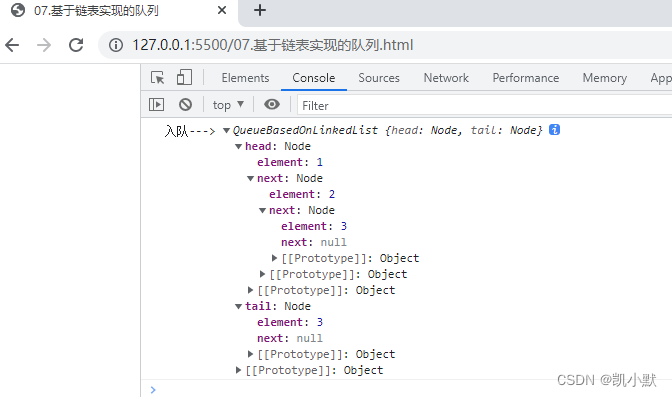
循环队列
循环队列就是普通队列首尾相连形成了一个环。
比如:下面队列的大小为 8,当前 head=4,tail=7。
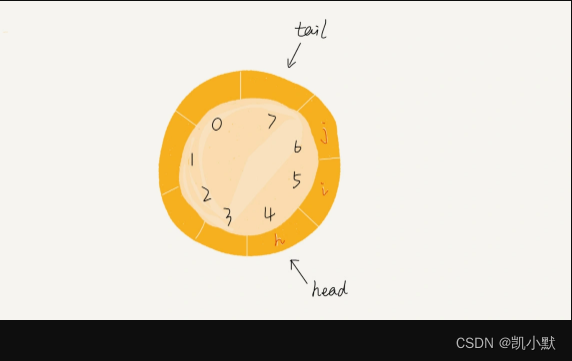
当有一个新的元素 a 入队时,放入下标为 7 的位置。将 tail 更新为 0 ,而不是 8。
如何判断循环队列队空和队满呢?
- 队空:队列为空的判断条件是
head == tail - 队满:当队满时,
(tail + 1)%n = head
基于数组的循环队列实现方式
public class CircularQueue {
// 数组:items,数组大小:n
private String[] items;
private int n = 0;
// head表示队头下标,tail表示队尾下标
private int head = 0;
private int tail = 0;
// 申请一个大小为capacity的数组
public CircularQueue(int capacity) {
items = new String[capacity];
n = capacity;
}
// 入队
public boolean enqueue(String item) {
// 队列满了
if ((tail + 1) % n == head) return false;
items[tail] = item;
// 取余运算保证,数组队列的循环插入效果
tail = (tail + 1) % n;
return true;
}
// 出队
public String dequeue() {
// 如果head == tail 表示队列为空
if (head == tail) return null;
String ret = items[head];
// 因为要保持一个环状,必须通过取余运算才能得到保障!
head = (head + 1) % n;
return ret;
}
}
基于链表实现的循环队列
/**
* 基于链表实现的循环队列。
*
* Author: nameczz
*/
class Node {
constructor(element) {
this.element = element
this.next = null
}
}
export class CircularQueue {
constructor() {
this.head = null
this.tail = null
}
// 入队
enqueue(value) {
if (this.head === null) {
this.head = new Node(value)
this.head.next = this.head
this.tail = this.head
} else {
const flag = this.head === this.tail
this.tail.next = new Node(value)
this.tail.next.next = this.head
this.tail = this.tail.next
if (flag) {
this.head.next = this.tail
}
}
}
// 出队
dequeue() {
if(this.head == null) return -1
if (this.head === this.tail) {
const value = this.head.element
this.head = null
return value
} else {
const value = this.head.element
this.head = this.head.next
this.tail.next = this.head
return value
}
}
display() {
let res = 0
console.log('-------获取dequeue元素------')
while (res !== -1) {
res = this.dequeue()
console.log(res)
}
}
}
<!DOCTYPE html>
<html lang="en">
<head>
<meta charset="UTF-8" />
<meta http-equiv="X-UA-Compatible" content="IE=edge" />
<meta name="viewport" content="width=device-width, initial-scale=1.0" />
<title>07.基于链表实现的循环队列</title>
</head>
<body>
<script type="module">
import { CircularQueue } from "./js/07/CircularQueue.js";
const newCircularQueue = new CircularQueue();
// 插入元素
newCircularQueue.enqueue(1);
newCircularQueue.enqueue(2);
newCircularQueue.enqueue(3);
console.log(newCircularQueue);
// 获取元素
newCircularQueue.display();
newCircularQueue.enqueue(1);
newCircularQueue.display();
</script>
</body>
</html>
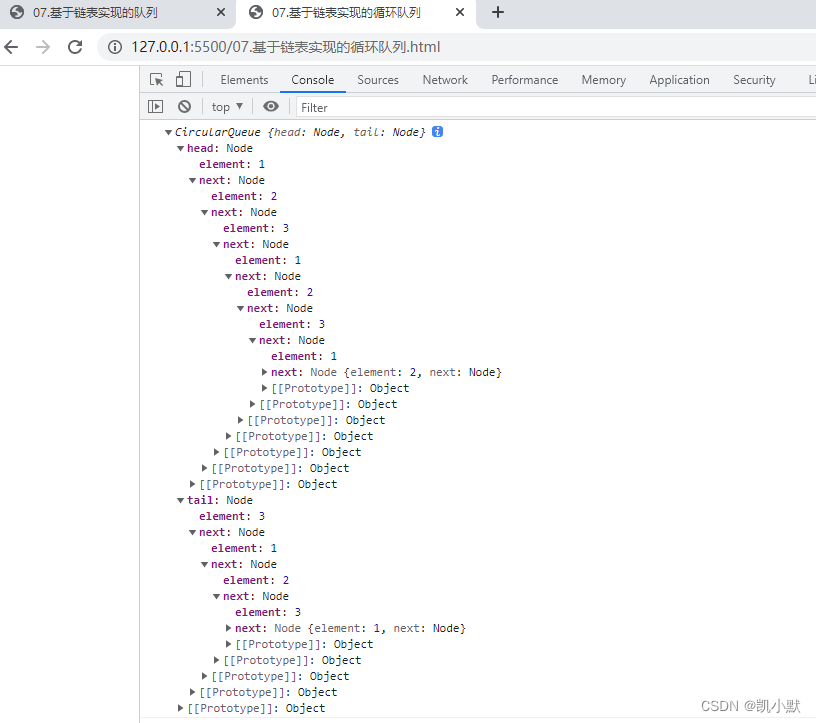
阻塞队列
阻塞队列就是在队列基础上增加了阻塞操作。
- 在队列为空的时候,从队头取数据会被阻塞。直到队列中有了数据才能返回
- 如果队列已经满了,那么插入数据的操作就会被阻塞。直到队列中有空闲位置后再插入数据,然后再返回
可以使用阻塞队列实现一个生产者 - 消费者模型,有效地协调生产和消费的速度。
如何实现一个线程安全的队列呢?
线程安全的队列叫作并发队列。在多线程情况下,会有多个线程同时操作队列,这个时候就会存在线程安全问题,最简单的解决方式就是直接在 enqueue()、dequeue() 方法上加锁,但是锁粒度大并发度会比较低,同一时刻仅允许一个存或者取操作。
如何实现一个高效的并发队列:
- 基于数组的循环队列:避免数据搬移
- CAS原子操作:避免真正的去OS底层申请锁资源
队列的应用
基于链表的实现方式,可以实现一个支持无限排队的无界队列(unbounded queue),但是可能会导致过多的请求排队等待,请求处理的响应时间过长。所以,针对响应时间比较敏感的系统,基于链表实现的无限排队的线程池是不合适的。而基于数组实现的有界队列(bounded queue),队列的大小有限,所以线程池中排队的请求超过队列大小时,接下来的请求就会被拒绝,这种方式对响应时间敏感的系统来说,就相对更加合理。
队列可以应用在任何有限资源池中,用于排队请求,比如数据库连接池等。对于大部分资源有限的场景,当没有空闲资源时,基本上都可以通过队列这种数据结构来实现请求排队。


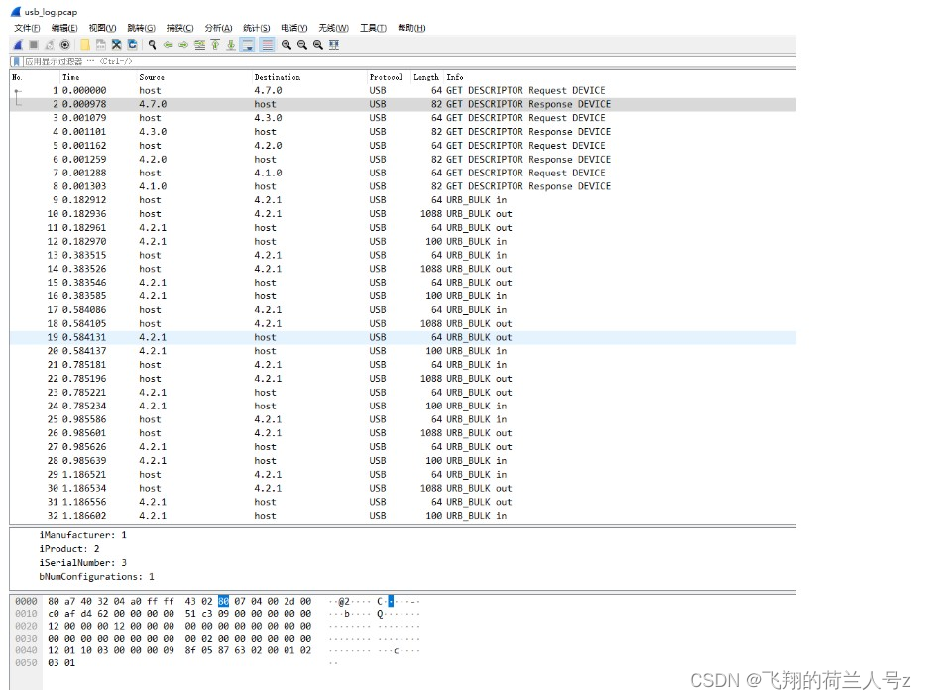
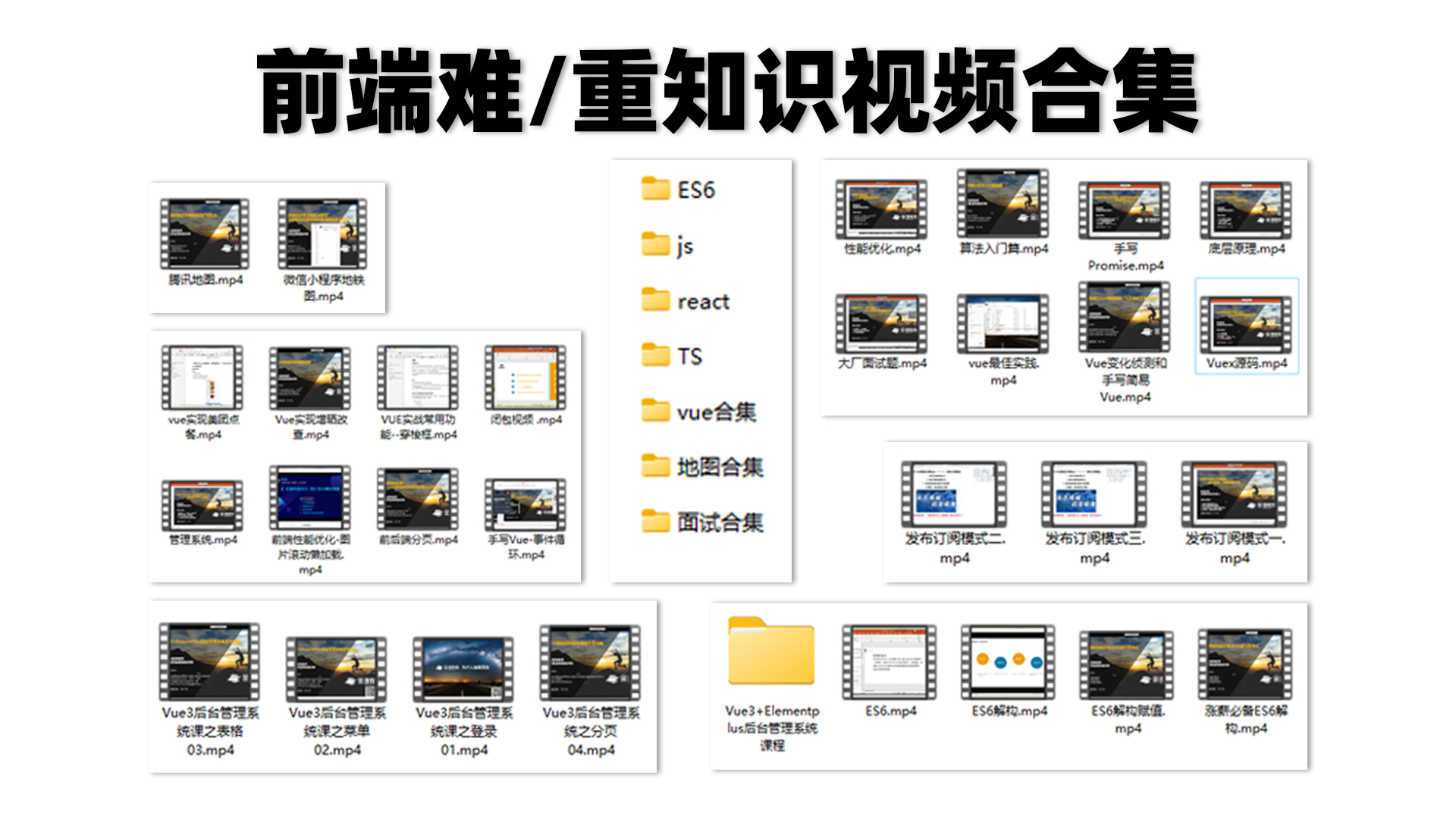

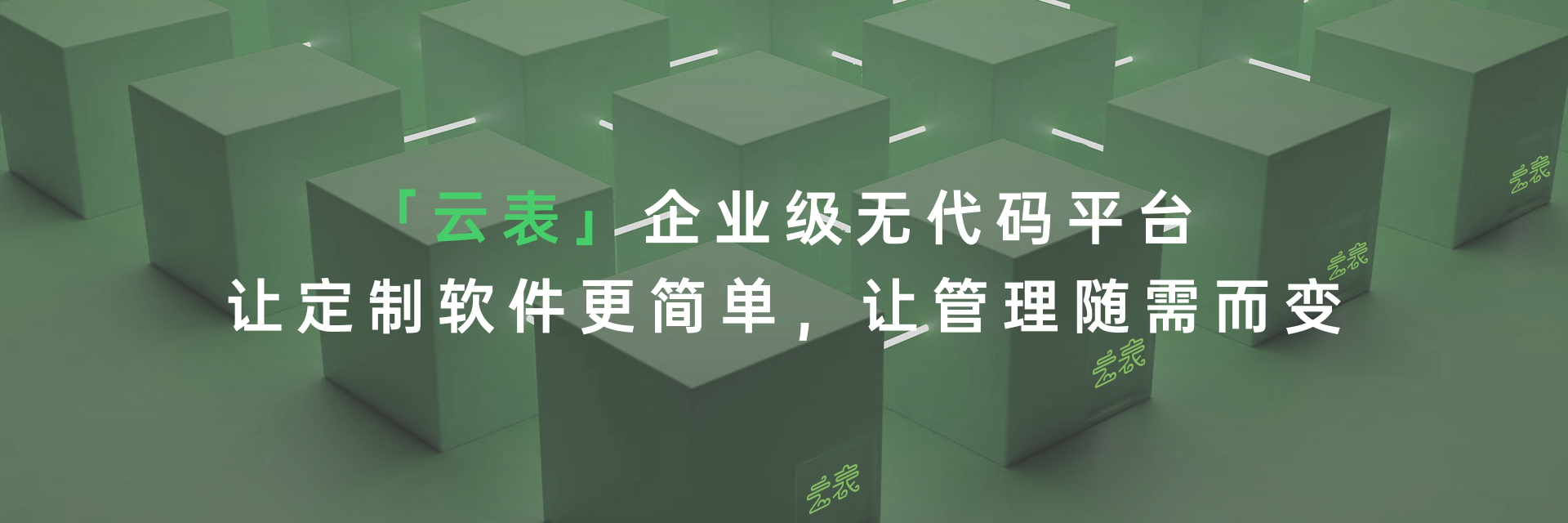
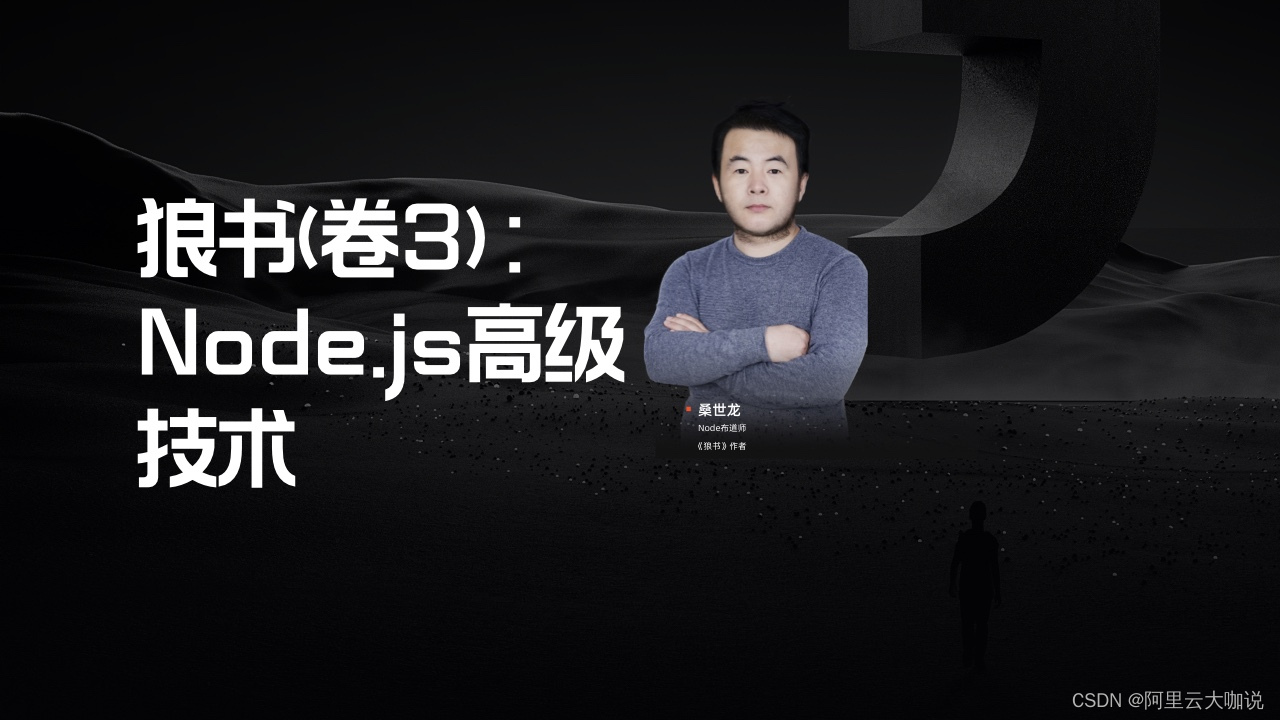


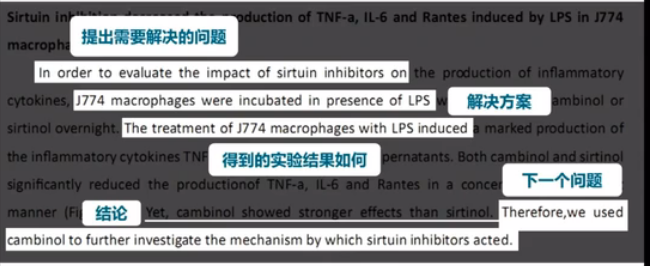
![[Vivado那些事儿]将自定义 IP (HDL)添加到 Vivado 模块设计(Block Design)](https://img-blog.csdnimg.cn/img_convert/3d5903d64f515403586b11db28e93c63.png)



